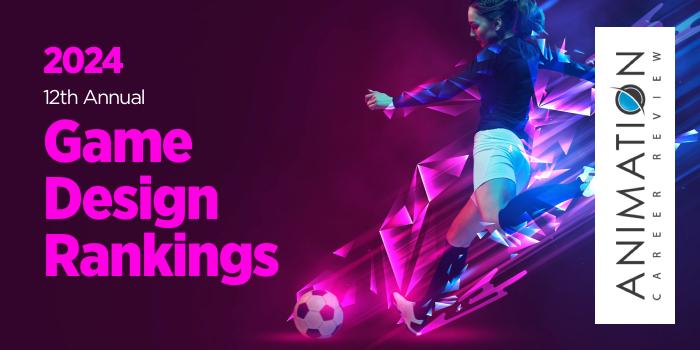Purdue University is home to Purdue Polytechnic Institute, which houses the Department of Computer Graphics Technology (CGT) and the Game Design Programs. Degree options include a CGT BS with a major in Game Development and Design; a CGT MS; and a Technology PhD. Purdue also houses Purdue Global, which provides more than 175 online degree programs to approximately 33,500 students around the world.
Through Purdue Global and Purdue University’s School of Business and Information Technology, online students can earn a BS in Information Technology with a concentration in Game Development. Consisting of 15 credit hours, the concentration includes the Game Design and Mechanics; Game Programming; and Game Art and Animation courses.
Examples of required courses in the Information Technology major include Software Development Using C#; Human-Computer Interaction; Software Development Using Python; Website Development; and Technology Infrastructure. The BS program requires 180 credit hours to graduate. The culminating experience for the program is the Information Technology Internship or Capstone in Information technology, student’s choice. Graduates are prepared to pursue roles across the information technology sector, and the game design industry.
The CGT BS with a Game Development and Design major is an ABET-accredited, STEM-designated program that explores game design, programming, rendering, animation, and visualization. Students in this program will engage in immersive, collaborative projects with peers and professors. Past projects have focused on areas such as games utilization in entertainment; information visualization; and sustainable energy, medicine, and therapy.
The Game Design and Development major requires 54 credit hours, with 39 credit hours focused on games. Course examples include Game Development I: Core Skills and Technologies; Game Development II: Design and Psychology; Computer Graphics Programming; User Experience Design Studio; Game Development Practicum; and Computer Graphics Professional Practices I and II. Students will complete a professional portfolio across several courses.
CGT BS graduates are prepared to pursue roles such as Game Design Scripter, Animator, Technical Artist, and Cinematic Lead. Potential employers include Electronic Arts (EA), Riot Games, Zynga, and Volition.
The CGT MS at Purdue University’s Purdue Polytechnic has nearly 100 students enrolled. The program provides four primary focus areas including Games, Animation, Information Visualization, and UX Design. Graduate students may also customize a plan of study to meet their professional goals. Some students elect to incorporate elements of computational art and computer graphics in to custom plans.
Other CGT MS features include small class sizes; research opportunities; and the chance to work on real-world projects. Graduates of the program are prepared to pursue leadership roles across industries. Program alumni are Game Developers, UX Designers, Technical Directors, and Data Analysts. Potential employers include DreamWorks, Salesforce, Google, and Deloitte.
The Technology PhD Program at Purdue University allows a minimum of 30 credit hours to be taken in a custom specialization from coursework across six schools and departments. Students will also select 27 credit hours from any Purdue college or school other than Purdue Polytechnic. Students interested in games typically select Computer Graphics Technology, which includes Game Studies, Computer Animation, Data Visualization, User Experience (UX) Design, Human-Computer Interaction, and Digital Enterprise Systems.
All Technology PhD students will complete a dissertation to graduate. Program alumni are prepared to pursue academic, research, and leadership roles across industries. Graduates are Designers, Educators, Artists, Researchers, and Entrepreneurs.
Purdue University is Indiana’s only land-grant university. Established in 1869, the school has campuses and centers across the state, as well as Purdue University Global and Purdue University Online. The main campus in West Lafayette, Indiana serves approximately 52,210 students, making it the second largest university in the state. Students at this location come from all 50 states and nearly 130 countries. The school provides more than 400 programs across 13 colleges and schools.
Approximately 11% of all students at Purdue University in West Lafayette attend Purdue Polytechnic Institute, which provides 30 BS programs and more than 20 graduate degrees. Purdue University is accredited by the Higher Learning Commission (HLC).





